AWS Marketplace: 8 Huge Cost Saving And Business Benefits
CRN breaks down some of the biggest benefits organizations are witnessing by leveraging the AWS Marketplace—from procurement time savings to more AWS discounts attained.
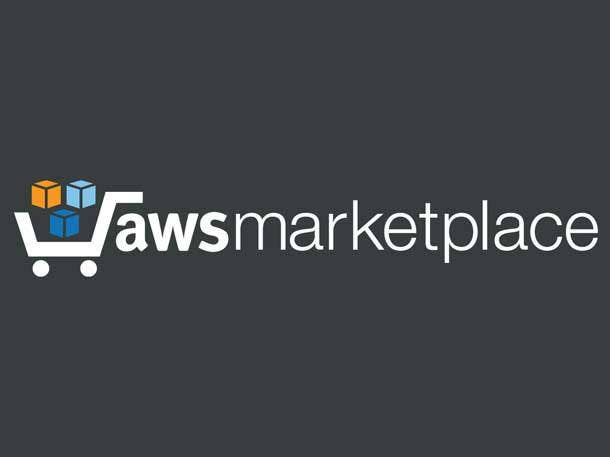
8 Big Benefits Being Witnessed In The AWS Marketplace
From cost savings on software licenses to improving deployment times, the AWS Marketplace is striving to streamline how organizations buy and procure all of their IT software and services.
Amazon Web Services is improving customers’ ability to lower their bottom-line costs, onboard new vendors quicker and buy IT solutions faster than ever before via its AWS Marketplace, according to a new report by IT market research firm Forrester.
“Organizations who shifted their software procurement to AWS Marketplace were able to drive efficiency throughout the entire procurement process, save on licensing fees by transitioning to more flexible licensing models, and vet and onboard new vendors with less effort than traditional practices,” said Forrester in a new study on the AWS Marketplace.
Forrester Consulting recently conducted a total economic impact study and examined the potential return on investment (ROI) enterprises may realize on the AWS Marketplace. The consulting firm interviewed Amazon customers, stakeholders and representatives at organizations using the AWS Marketplace to obtain data in regard to the risks, costs and benefits of the cloud marketplace.
The AWS Marketplace
Launched in 2012, the AWS Marketplace is designed to simplify the procurement, entitlement, and provisioning of third-party software from independent software vendors (ISVs).
The marketplace provides a sales channel for AWS partners and ISVs to sell their solutions to AWS customers.
As many organizations struggle with outdated and sometimes cumbersome procurement processes, the AWS Marketplace is being used as a platform where customers can discover and procure their technology needs.
AWS is the worldwide leader in cloud computing with an annualized revenue run rate of $74 billion.
In fact, AWS is growing sales at a much at a larger rate than its parent organization Amazon. For Amazon’s first fiscal quarter, Amazon reported net sales increased 7 percent to $116 billion year over year. AWS’ sales during the first quarter jumped 37 percent year over year to $18.4 billion.
The Seattle-based company is looking to make the AWS Marketplace the premium one-stop-shop for customers to find, buy, deploy and manage software solutions and services in a matter of minutes.
CRN breaks down eight of the big cost savings and business benefits of the AWS Marketplace found in Forrester’s report.
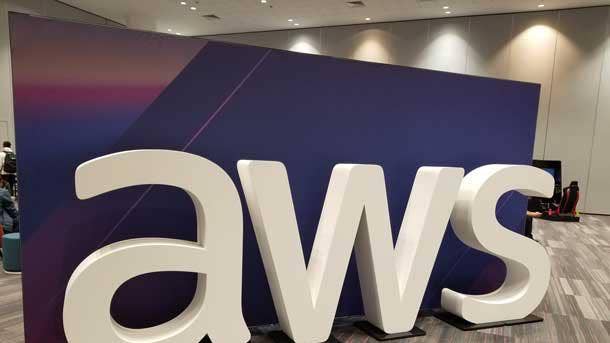
Software Licensing Cost Savings
Prior to using AWS Marketplace, AWS customers Forrester interviewed said their typical procurement processes provided their organizations with limited visibility into their software costs. For larger organizations, it was common for different business groups to pay different amounts for the same software products.
“Previously, we may have had six or seven different subsidiaries using the same product, but every one of those was paying a different price,” said one interviewee.
Using AWS Marketplace for software procurement gave the interviewees’ organizations a central space for all business groups to access a particular product and gave teams the ability to ensure that all groups were getting the best price possible for each solution.
Additionally, some AWS customers said they lacked visibility before leveraging the Marketplace which resulted in organizations signing multiyear contracts with limited flexibility to adjust for annual changes in software usage.
For example, many retail interviewees’ organizations had to commit to annual software licenses when they had limited times of peak usage. This resulted in wasted license fees for a large percentage of the year.
Transitioning these solutions to AWS Marketplace allowed organizations to utilize a consumptionbased pricing model offered by many vendors on AWS Marketplace.
This enabled them to increase and decrease the number of licenses they were paying for more frequently and allowed them to realize significant cost savings.

AWS Marketplace Creates Invoicing Efficiencies
AWS Marketplace allows buyers to access all the relevant information in one place and streamlines the process of comparing vendors, which reduces the time spent on these tasks.
With legacy procurement and billing, employees at the interviewees’ organizations were often inundated with invoices from software vendors used across departments.
Prior to leveraging the AWS Marketplace, it was common for those responsible for invoice management to spend time reaching out to various line-of-business owners in an attempt to verify what solutions were being used, who was using them, and if the invoicing information provided by the solution vendor was correct.
“In our legacy billing workflow, we would have to deal with the additional procurement and billing involvement,” said one senior business manager for an electronics manufacturer that Forrester surveyed. “A vendor would send us an invoice and we would need to process it. I would have to confirm that invoice, our teams have to process the invoice, and then someone has to approve the payout.”
AWS Marketplace delivers invoices in one consolidated portal, which allowed the electronics manufacturer’s employees to easily process and confirm invoices from registered vendors.
This streamlined these workflows and allowed employees to focus on more business-critical tasks.
“If I get an invoice through AWS Marketplace, [each vendor is] just another line item in that invoice and I’m able to save time by eliminating those excess steps,” said the senior business manager.

Procurement Time Savings Enabled By AWS Marketplace
Customers Forrester surveyed experienced additional time savings in their software search and procurement processes by leveraging the AWS Marketplace.
Prior to using the AWS Marketplace, procurement employees would spend extensive time searching for software vendors, conducting lengthy RFPs, and conducting time-consuming internal reviews and evaluations. These prolonged procurement processes delayed the positive effects these solutions could provide, Forrester said.
“You could have five or six different levels of people having to agree that we need a software solution. [First] the person that requested the funds [and then], depending on how big that dollar amount is, it could go all the way up to the CFO,” said one AWS customer Forrester surveyed.
The AWS Marketplace enabled organizations to reduce aspects of their approval process by streamlining the search for software, which allowed for easy comparison and removed aspects of vendor authentication and validation.

AWS Discount Attained Through AWS Marketplace Spend
Many of the interviewees pointed to AWS Marketplace as a potential source of savings for their organizations. These organizations had AWS spend commitments they needed to hit in order to earn discounts the following year.
Some interviewees struggled to hit their commitments and forfeited large contractual discounts.
Driving software procurement through AWS Marketplace allowed these AWS customers to count their software investments towards their overall AWS spend.
This was a benefit to many customers as several experienced periods when their organizations struggled to meet their committed spend, causing some discounts to be lost.
“We’ve made commitments to AWS that we’re going to spend a certain amount of money with them every year and our Marketplace purchases count toward that spend,” said one customer. “Besides getting a great deal, AWS [Marketplace] gives us the credit for spending that money and gives us additional discounts.”
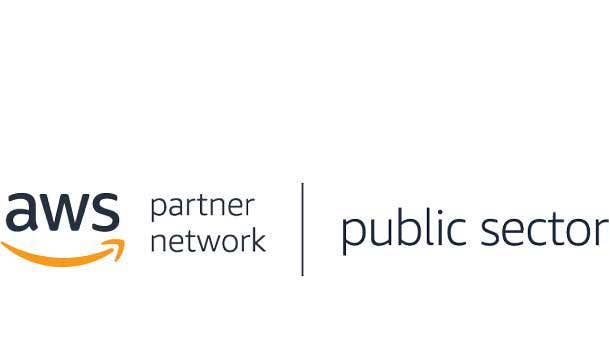
Improving Time-To-Deployment For New Solutions
AWS customers interviewed by Forrester found that their organizations were able to experience the benefits of the solutions they purchased faster with AWS Marketplace than they could before.
This led to a plethora of benefits for end users and was a driving factor behind expanding software purchased within AWS Marketplace.
“As soon as the deal is complete, users are able to log in through the provider and start getting access to the solution immediately,” said one interviewee. “They can get these products stood up pretty quickly. Having everything operating in the AWS environment already allows us to set up solutions and recognize their benefits more quickly. I think there’s clear business benefit in terms of the acquisition time.”
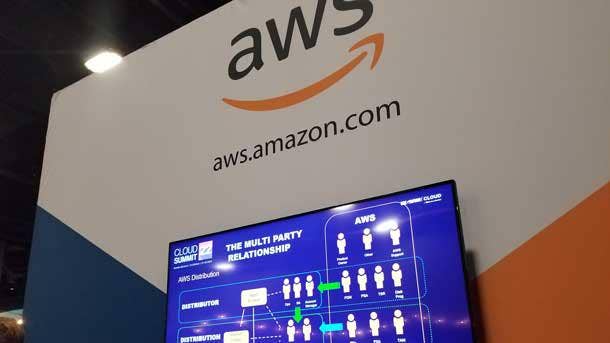
Improving Workflows To Complete Software Updates
Some of the businesses Forrester surveyed found that shifting procurement and hosting of certain software products using AWS Marketplace enabled their development teams to complete software updates more efficiently.
One customer described how the AWS Marketplace lays out a clear upgrade plan for developers to follow, something that legacy procurement and deployment workflows failed to provide.
Another customer Forrester surveyed said upgrading its AWS solutions simplifies the process significantly.
“It takes the unknown and makes it known by providing a clear upgrade path as we go forward. It’s just faster and simpler,” said the interviewee. “In the past, a lot of our solutions were not upgraded proactively because there wasn’t a clear path. [That] left us with solutions that were missing new capabilities.”
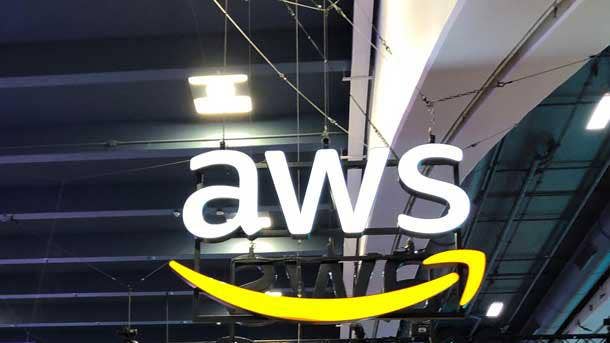
Better Vendor Onboarding Efficiencies
AWS customers found that using AWS Marketplace improved the process to vet and onboard new vendors.
Legacy workflows required extensive vetting by legal and procurement teams. Additionally, there was significant work required to connect new vendors to established invoicing solutions, according to Forrester’s report.
“Previously, when a new vendor would send a PO, we would spend time matching that PO to an invoice. When their first invoice comes through, we would have to do the reverse,” said one interviewee describing the challenge. “Doing a three-way match and going through all of those steps was a significant waste of time.”
The AWS Marketplace removes many of the extra steps previously associated with these workflows for vendors in its catalog.
Customers rely on Amazon’s expertise to vet vendors, allowing them to avoid time spent on consuming investigations and further streamlining the procurement processes.
“Whenever we were previously onboarding a new vendor, we had to get their W9 and send that through a whole process to make sure that they are a legitimate vendor. If you’re using AWS, this information is already there,” said one interviewee. “AWS is not going to allow an untrustworthy company to do business on the [AWS] Marketplace. So that validation is already there.”

Contract Drafting Time Savings
Many of the Forrester interviewees detailed how their organizations expedited legal review processes by using the standard terms and conditions templates for software purchase agreements that AWS Marketplace makes available to users.
Users at these organizations could amend templates and attach addendums to cover specific requirements while they still benefitted from the accelerated time-to-contract the templates offer.
Prior to the AWS Marketplace, legacy procurement workflows often required organizations’ teams to draft new contracts for each purchase. That could require multiple levels of approval from the organization buying the software as well as from the sellers themselves, Forrester said.
One customer described how the contract terms and conditions provided by AWS Marketplace helped streamline procurement processes.
“These templates supplement our procurement process with a cleaner and faster mechanism to procure various software products. I don’t have to pull the suppliers’ terms of agreement and review them. I can simply say: ‘The Amazon template works. Let me just go ahead and buy it under the Amazon agreement,’” said the AWS customer.